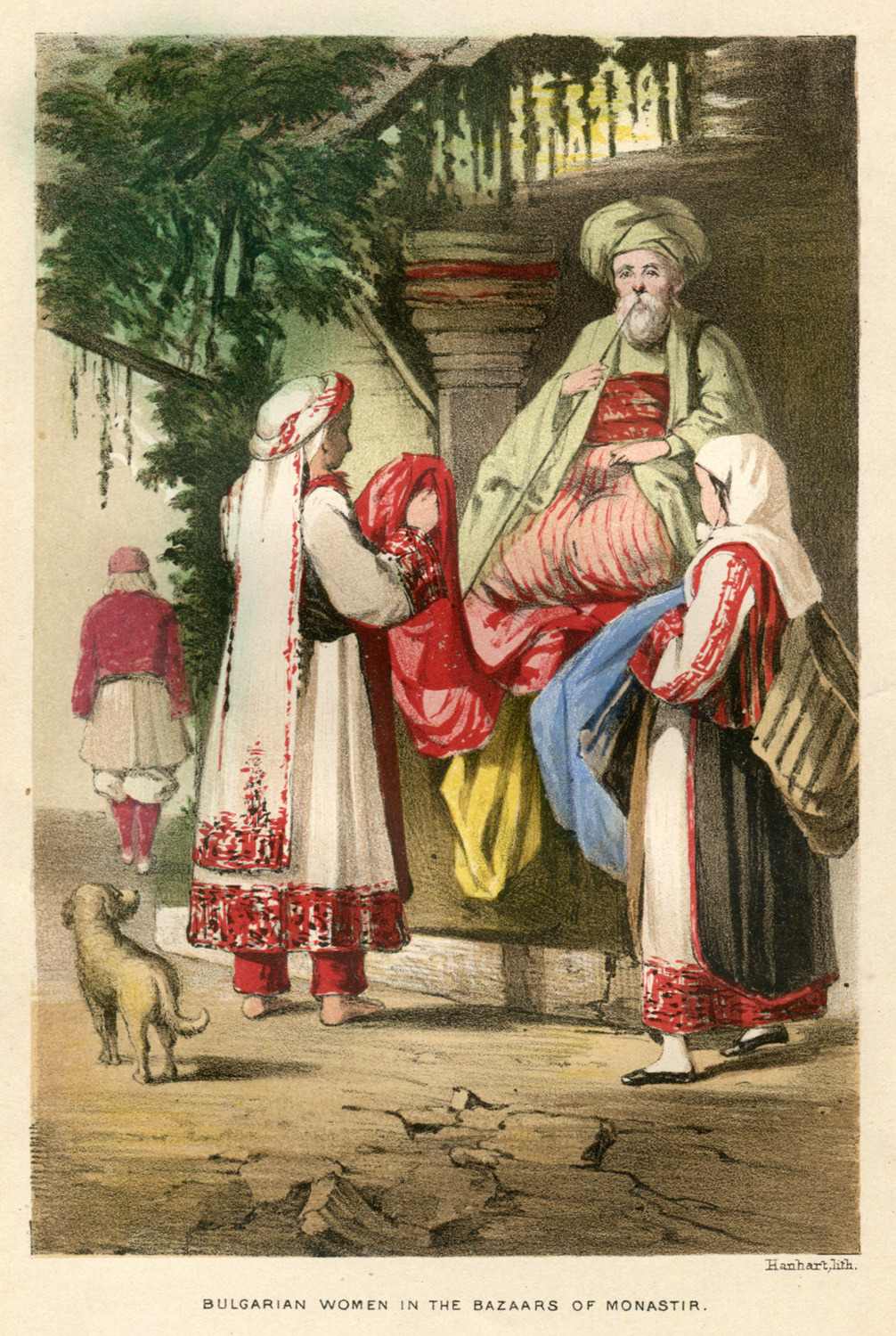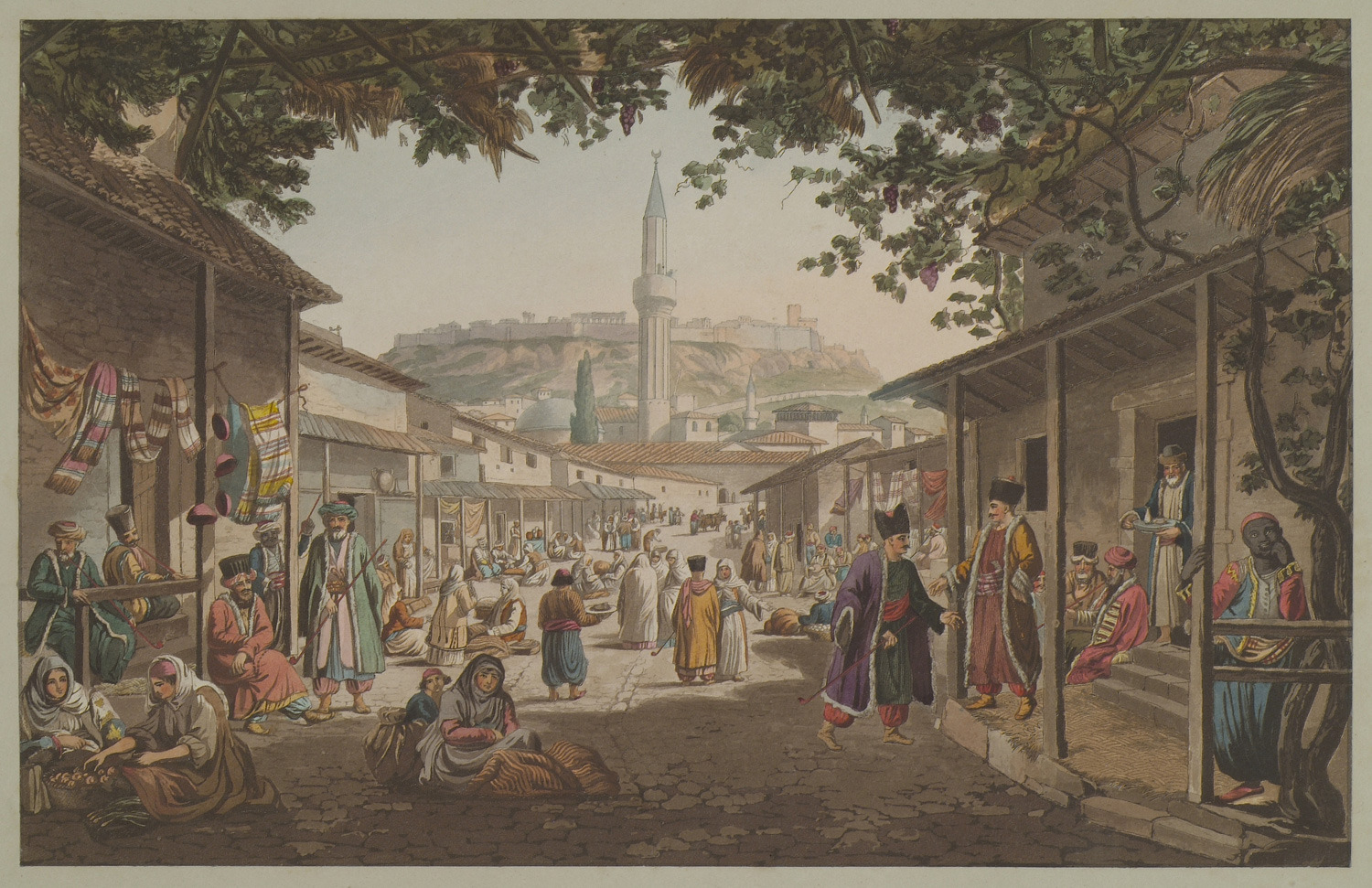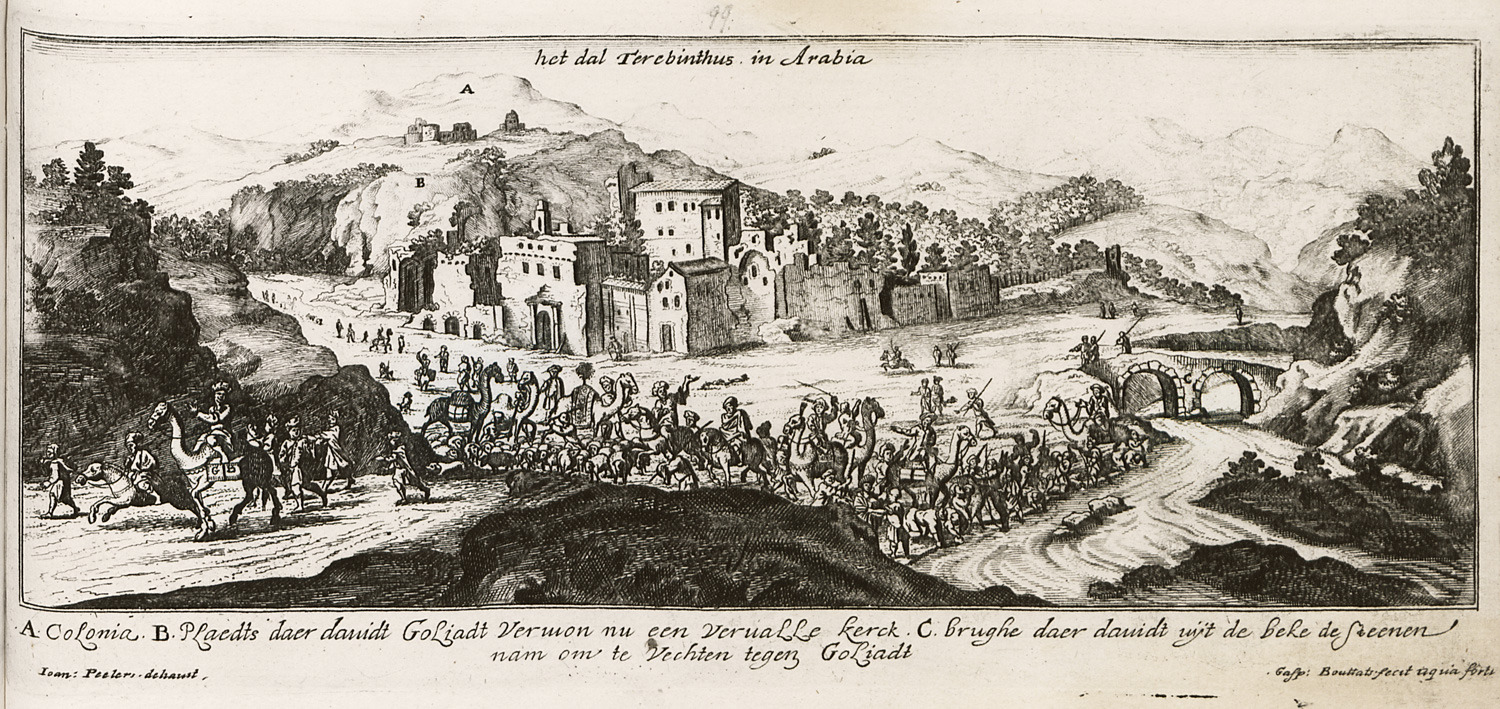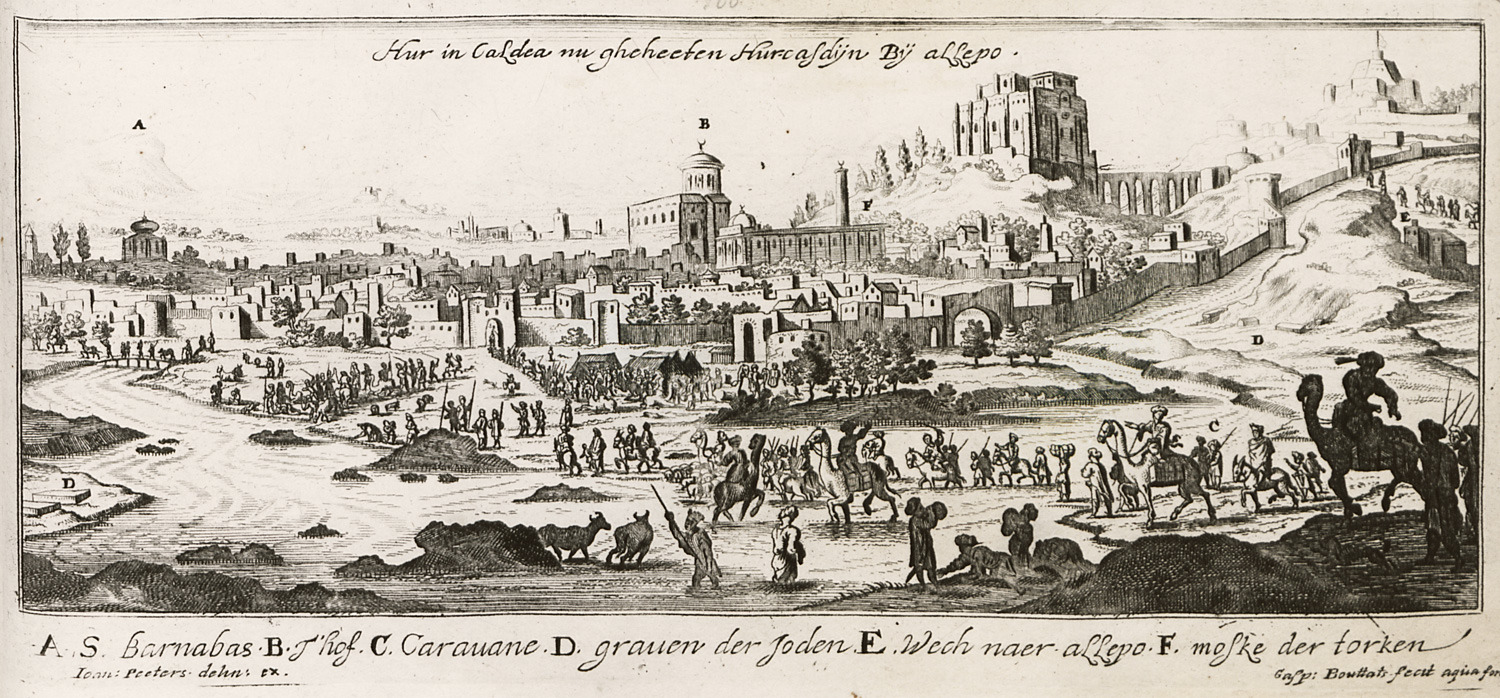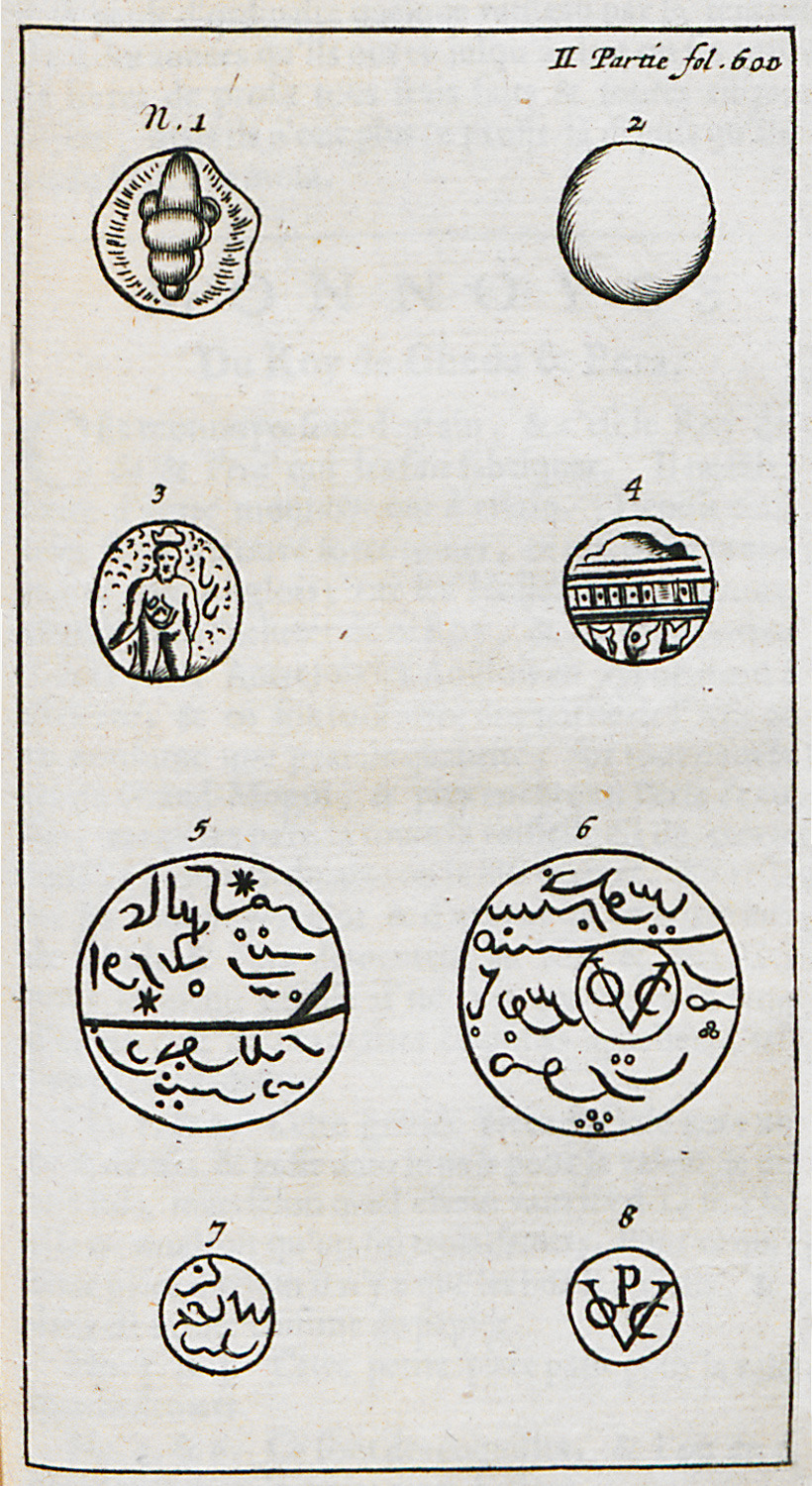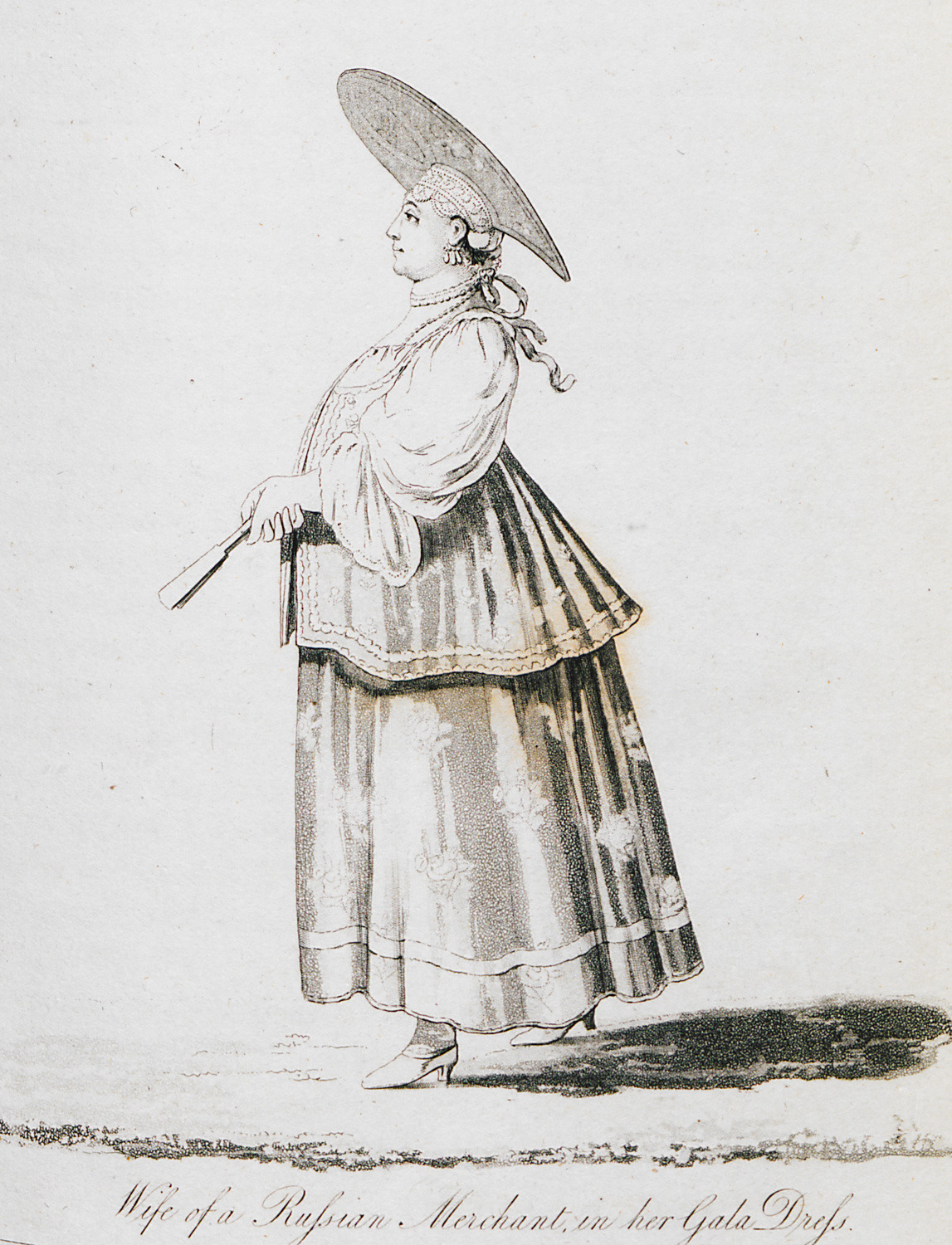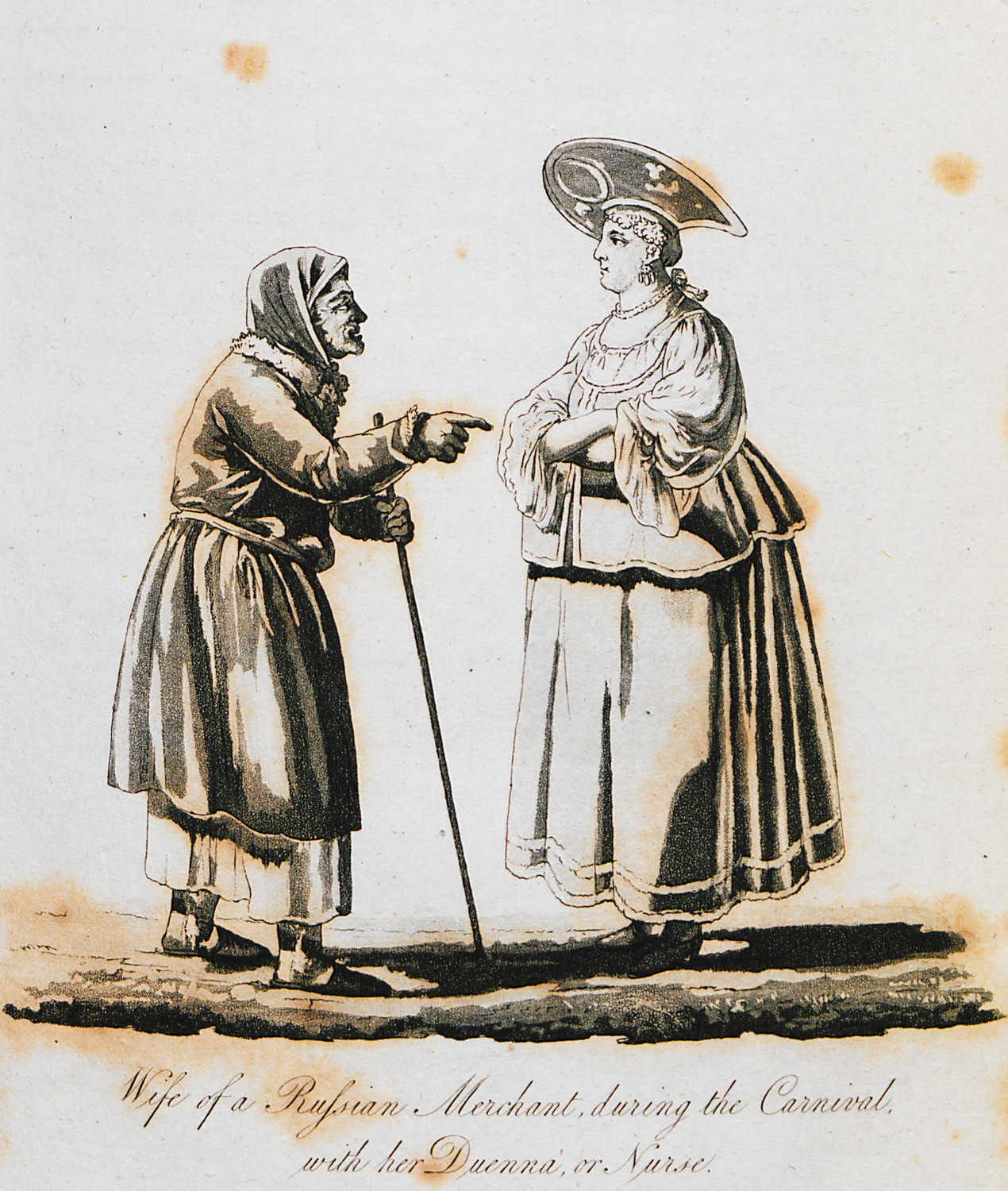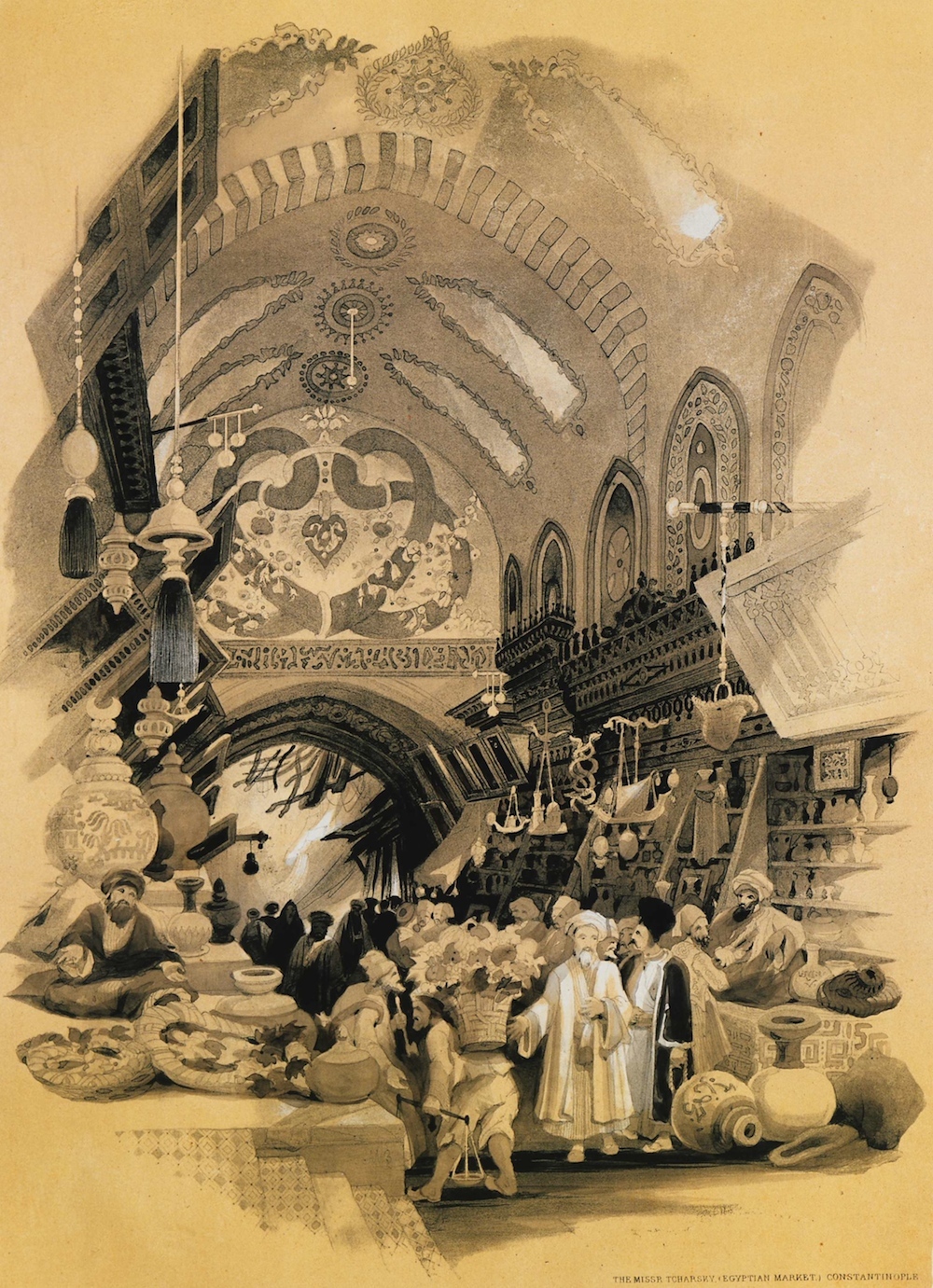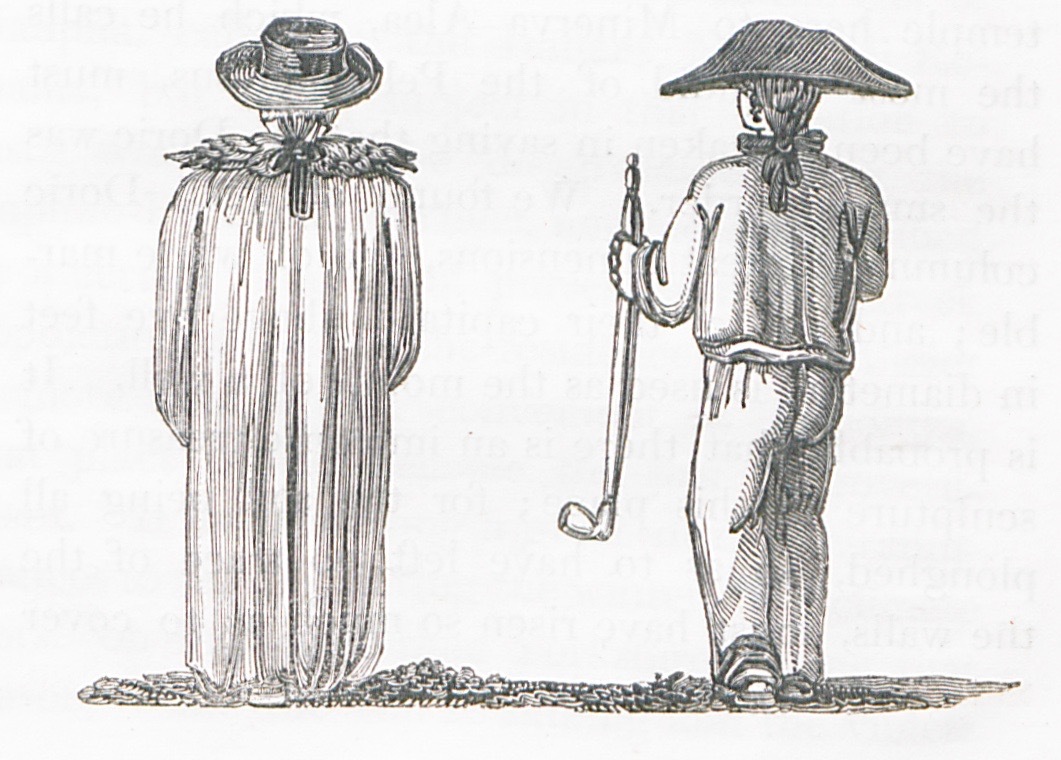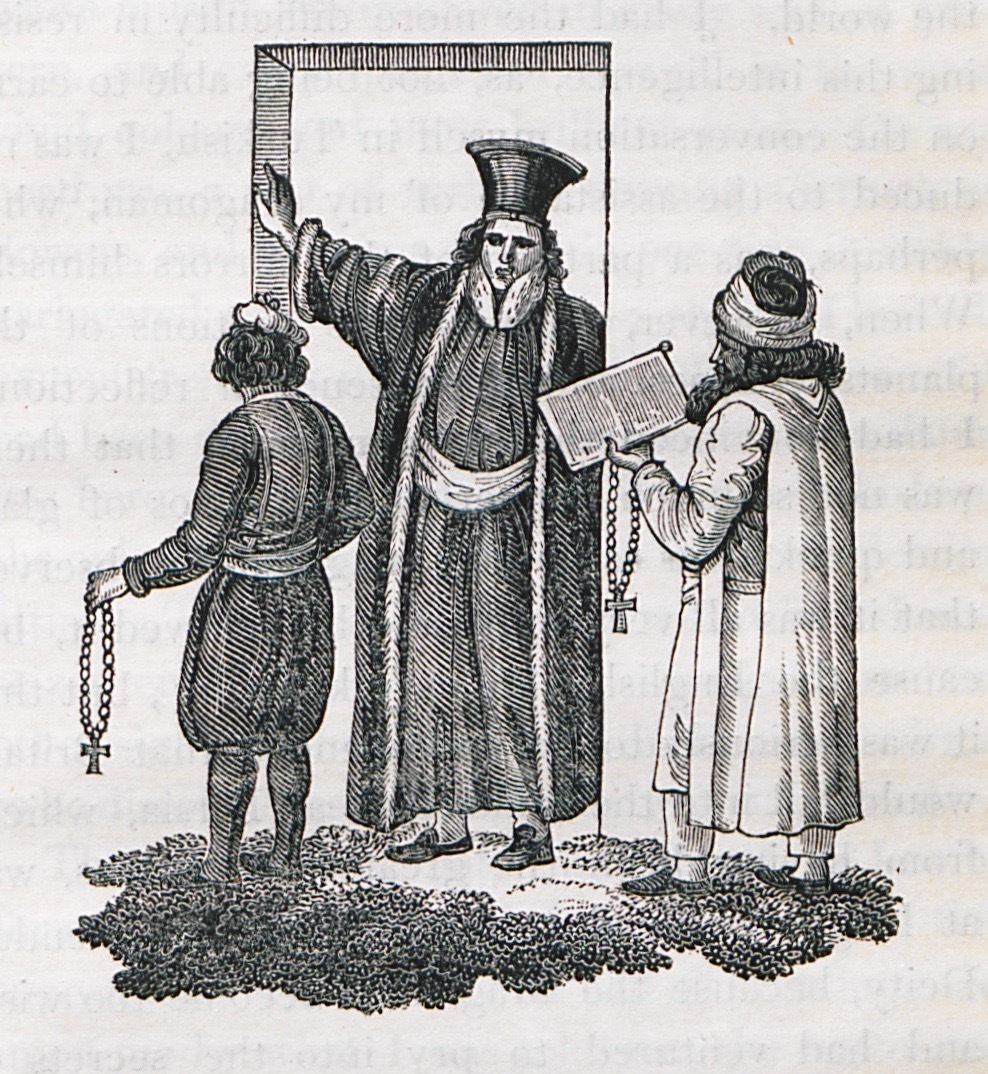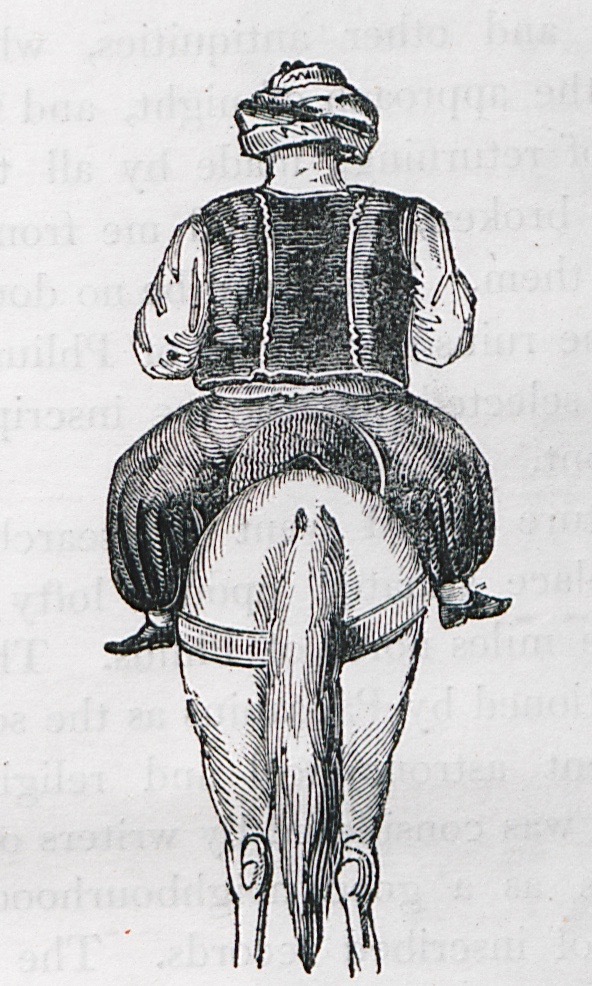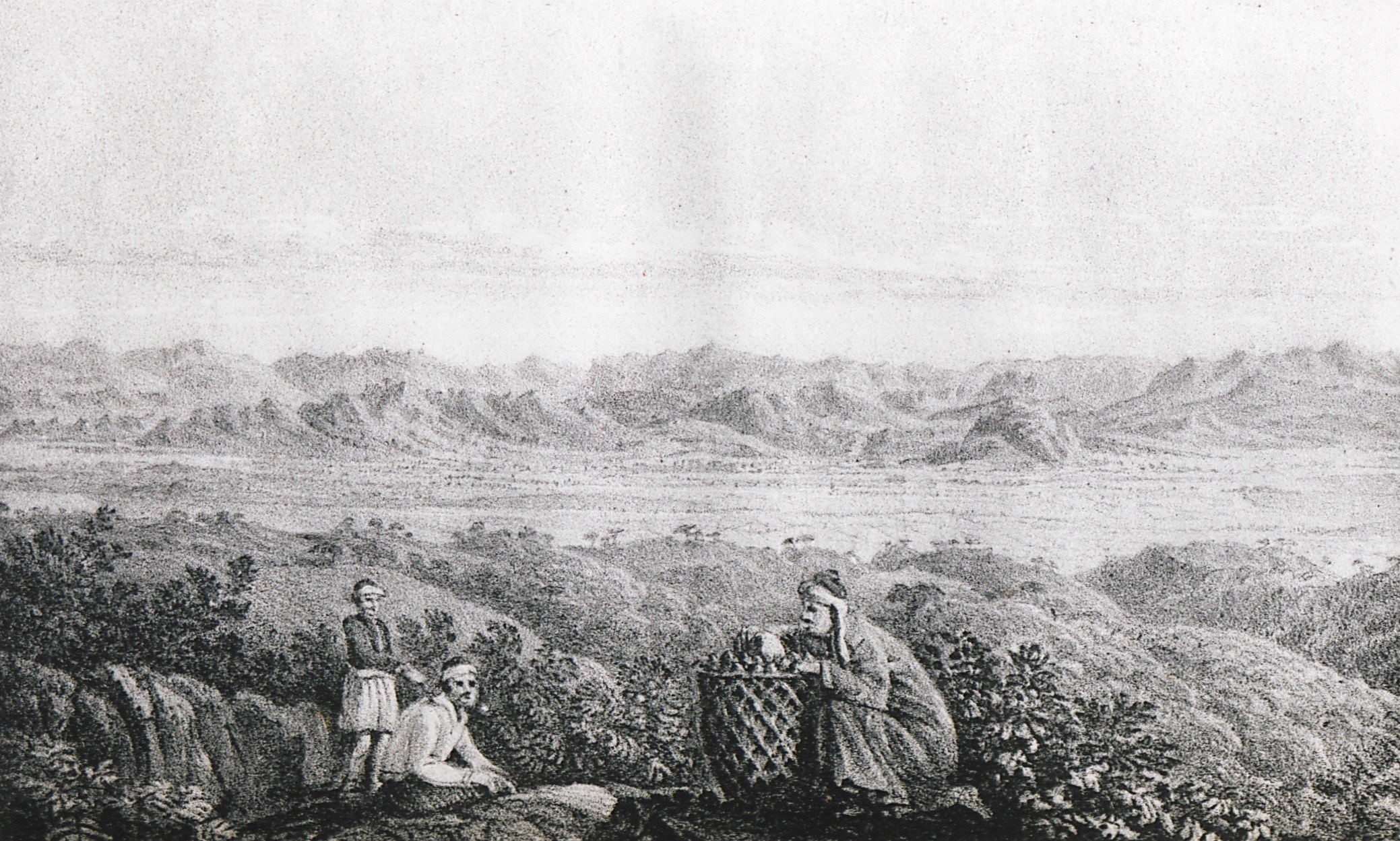Merchants (13 Subjects)
Bulgarian women in the bazaars of Monastir [Bitola].
The bazaar of Athens. On the forefront, on the right, an emancipated African slave. On the doorway, the owner of the coffeehouse who is brigning a tray with coffee to the Ottoman governor Disdar Aga. Disdar Aga is sitting on the stairs, dressed in red, and next to him sits another Turkish aga. Standing at the entrance of the coffeehouse, the Greek voivode (governor) of Salamis island, who is conversing a Greek Baratario (protegé of a foreign power). At the centre of the picture, three Turkish women covered with long white veils. According to Edward Dodwell's description, the rest of the women depicted are Arvanite. Standing, on the right, a devout Muslim in green costume, an indication that he has made the pigrimage to Mecca.
View of the city of Mamre, or Terebinth, Palestine. According to one tradition, this is the site where David overcame Goliath. In the foreground, caravan of Ottoman merchants.
View of Aleppo, Syria. Ottoman caravan in the foreground.
1,2. Coins minted by turkish merchants and colonists of Fort Saint George at Madras (today Chennai), India. 3-8. Coins minted by Dutch merchants and colonists of Pulicat (today Pazhaverkadu), India.
Greek merchant from Astrakhan on a visit to Moscow.
Wife of affluent Russian merchant in gala dress.
Wife of affluent merchant in official costume for the celebration of the Carnival, escorted by her nurse.
Scene at the Egyptian or Spice Bazaar of Istanbul.
Western European merchants at the Peloponnese. On the left, merchant in Western costume. On the right, merchant in traditional costume of the Peloponnese.
A priest and a believer having a dispute on the motion of the Earth on its axis. On the left, Greek sailor passing by.
Greek merchant whom the author met on Mount Cyllene, on his way to Corinth.
Landscape at the Isthmus of Corinth.


